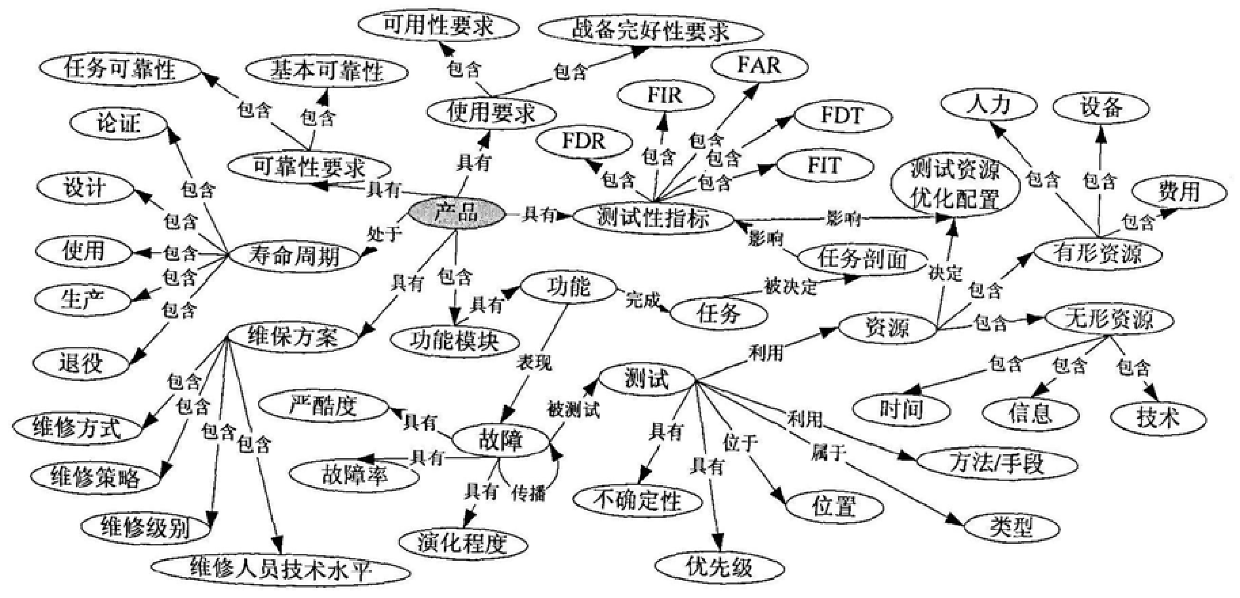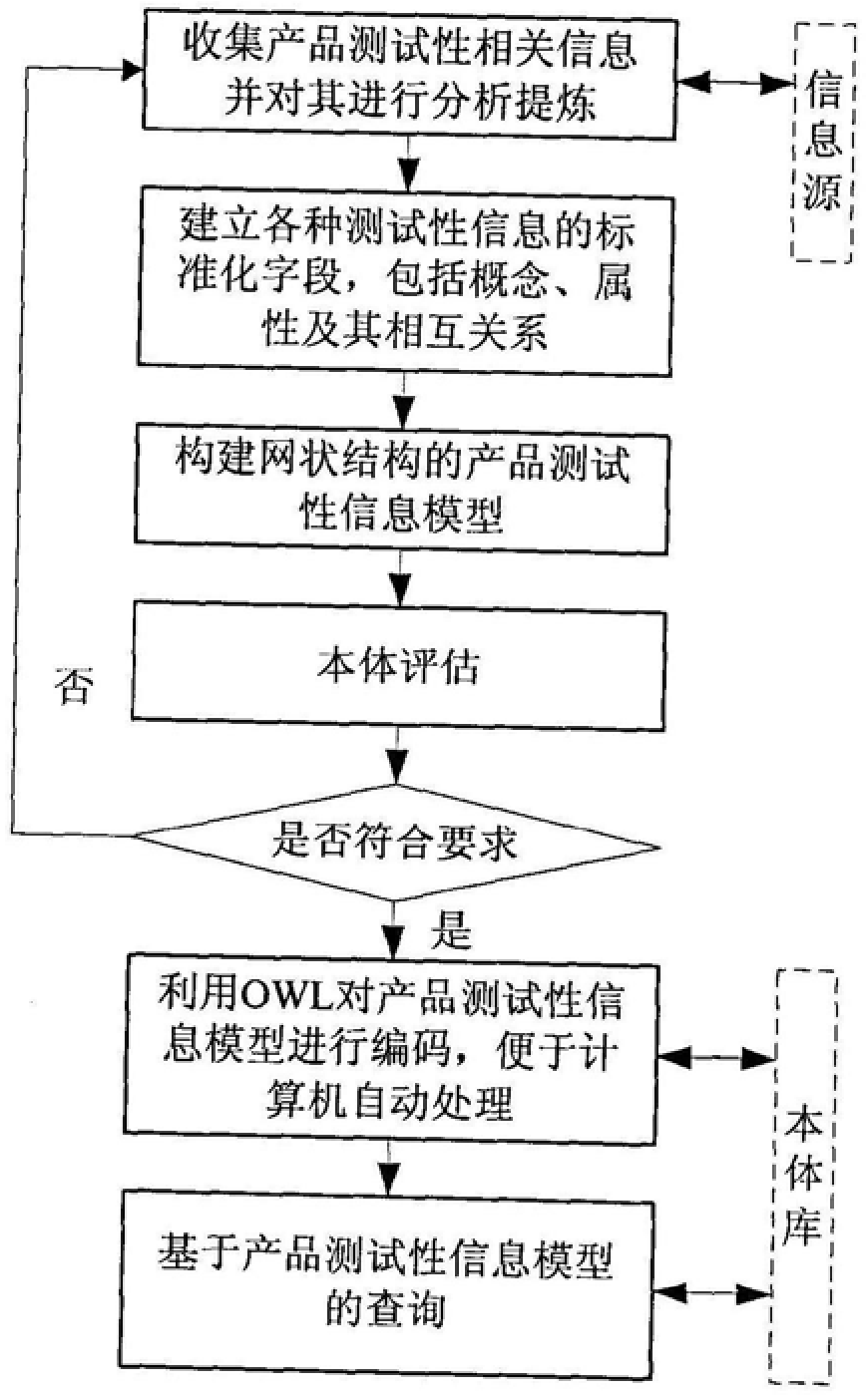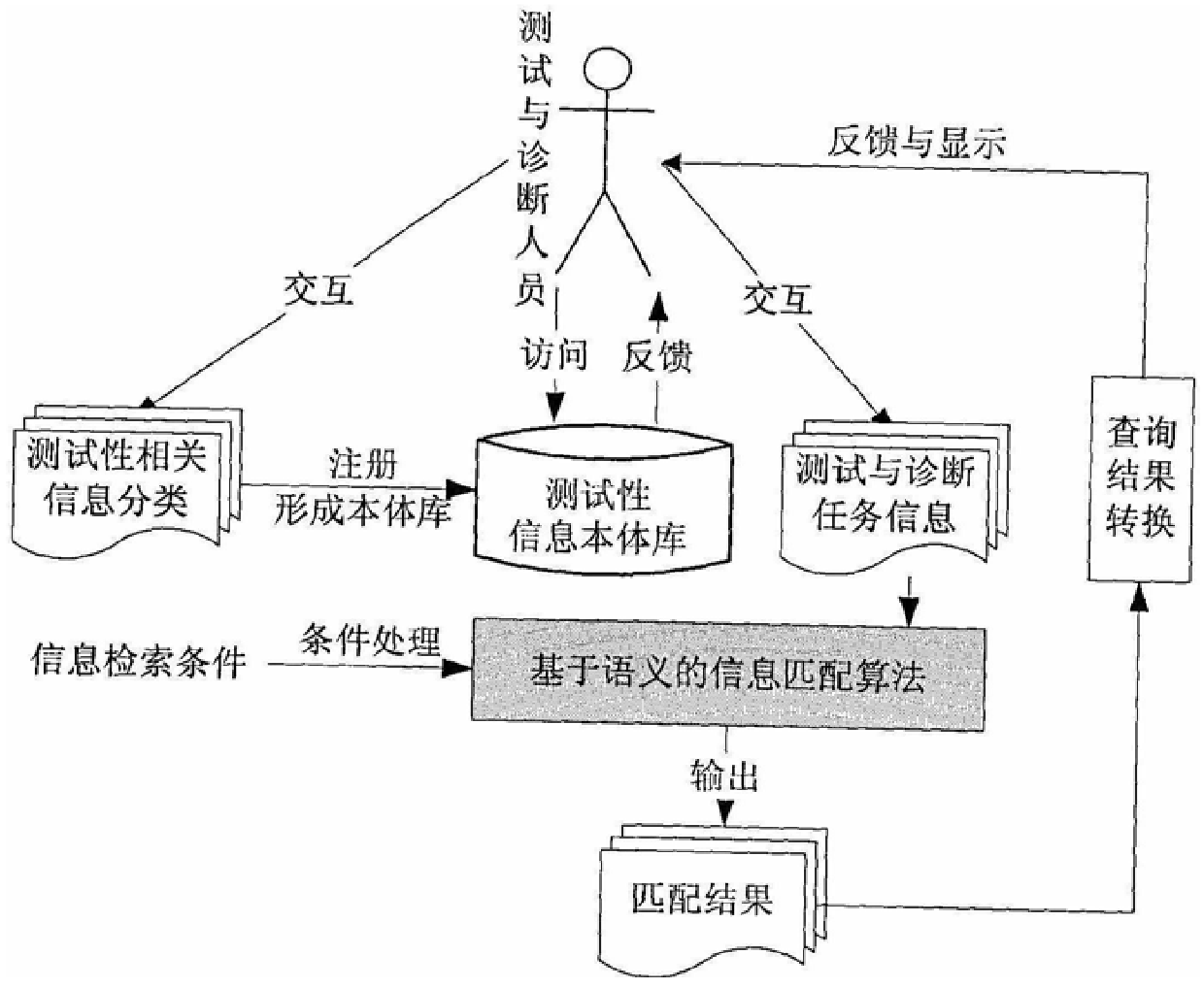An Ontology-Based Product Testability Model Construction Method
A technology for product testing and construction methods, applied in special data processing applications, instruments, electrical digital data processing, etc., can solve the lack of unified standards for description and integration methods, the inability to fundamentally eliminate information islands, and low recall rates, etc. problems, to achieve the effect of supporting automatic retrieval and logical reasoning, supporting information sharing and reuse requirements, and enhancing rationality and integrity
Active Publication Date: 2012-11-28
NAT UNIV OF DEFENSE TECH
View PDF0 Cites 2 Cited by
- Summary
- Abstract
- Description
- Claims
- Application Information
AI Technical Summary
Problems solved by technology
However, as a graphical model, the multi-signal flow diagram model only reflects the structure and functional composition of the product, as well as the relationship between failure modes and tests, and is based on meeting the needs of product early testability analysis and design.
With the deepening of the testability design process, the multi-signal flow diagram model cannot process information such as test resources and resource occupancy relationships, product reliability and maintenance data, technical data, personnel and training and their relationships, and it is difficult to effectively support products. Design for Test during the life cycle
(2) The existing model lacks a unified standard for information description and integration methods, and cannot fundamentally eliminate "information islands", and the description of the relationship between various types of information is not clear, and there is a lack of information hierarchy and static structure. description, difficult to expand
However, since these two models cannot express the semantics of information, in this case, it is difficult to accurately provide users with the information they are interested in, and information retrieval can only be performed based on keywords, but semantic retrieval cannot be performed, resulting in the accuracy of information retrieval. The accuracy and recall rate are low, which brings difficulties to information sharing and interoperability, and cannot effectively support life-cycle activities, and further technical breakthroughs are still needed
Method used
the structure of the environmentally friendly knitted fabric provided by the present invention; figure 2 Flow chart of the yarn wrapping machine for environmentally friendly knitted fabrics and storage devices; image 3 Is the parameter map of the yarn covering machine
View moreImage
Smart Image Click on the blue labels to locate them in the text.
Smart ImageViewing Examples
Examples
Experimental program
Comparison scheme
Effect test
Embodiment Construction
the structure of the environmentally friendly knitted fabric provided by the present invention; figure 2 Flow chart of the yarn wrapping machine for environmentally friendly knitted fabrics and storage devices; image 3 Is the parameter map of the yarn covering machine
Login to View More PUM
 Login to View More
Login to View More Abstract
The invention relates to an ontology-based product testability model building method. The method provides an ontology-based testable model construction method, which ensures information sharing and interoperability in the process of testable design and smooth implementation of testable work. This method analyzes the physical entities and data entities in the product testing environment and the relationship between them, and establishes the product testability model in a spiral way, which can not only enhance the rationality and integrity of the model, but also improve the Model quality. Based on unified standards, the model realizes the standardized description of product life cycle information structure and information exchange process, and has the characteristics of openness and scalability. Using the ontology modeling language to encode the established testability model can be automatically recognized by the computer, which can effectively support the automatic retrieval and logical reasoning of information, and realize the sharing and interoperability of information in the process of product testability design.
Description
An Ontology-Based Product Testability Model Construction Method technical field The invention relates to a testable model building method for testable design in the field of testable engineering, in particular to an ontology-based testable model building method. Background technique Testability refers to "a design feature that a product can promptly and accurately determine its status (workable, non-workable, or degraded) and effectively isolate its internal faults." A testability model is a graphical or mathematical model used for product testability analysis, design and optimization. In the whole life cycle process of complex products, a large amount of information exists and is continuously generated. This information is distributed in different disciplines and exists in different carriers. The types and structures are quite different, and its uncertainty and heterogeneity lead to information islands. The existence of information brings difficulties to the sharing and...
Claims
the structure of the environmentally friendly knitted fabric provided by the present invention; figure 2 Flow chart of the yarn wrapping machine for environmentally friendly knitted fabrics and storage devices; image 3 Is the parameter map of the yarn covering machine
Login to View More Application Information
Patent Timeline
 Login to View More
Login to View More Patent Type & Authority Patents(China)
IPC IPC(8): G06F17/50
Inventor 刘冠军邱静陈希祥杨鹏吕克洪苏永定李天梅徐玉国张勇杨述明谭晓栋邓冠前王超王刚赵晨旭
Owner NAT UNIV OF DEFENSE TECH
Features
- R&D
- Intellectual Property
- Life Sciences
- Materials
- Tech Scout
Why Patsnap Eureka
- Unparalleled Data Quality
- Higher Quality Content
- 60% Fewer Hallucinations
Social media
Patsnap Eureka Blog
Learn More Browse by: Latest US Patents, China's latest patents, Technical Efficacy Thesaurus, Application Domain, Technology Topic, Popular Technical Reports.
© 2025 PatSnap. All rights reserved.Legal|Privacy policy|Modern Slavery Act Transparency Statement|Sitemap|About US| Contact US: help@patsnap.com



